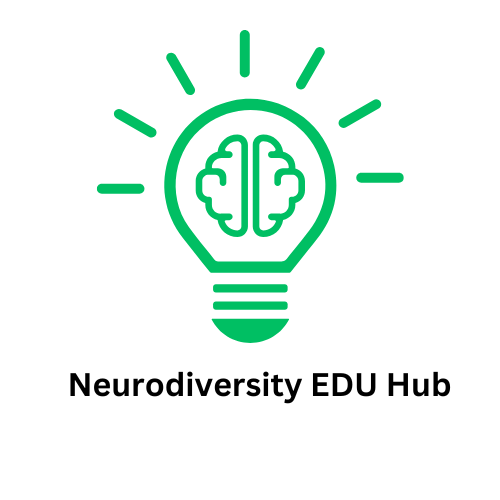
Pushing Back Against Misconceptions: The Truth About Autism Representation
In a society where narratives shape perceptions, the representation of autism often teeters precariously between tragedy and misunderstanding. It’s crucial for us to shift the perspective from viewing autism solely through the lens of grief and difficulty to recognizing the diverse realities experienced by individuals on the spectrum.
Understanding the Spectrum: More Than Just Challenges
One of the common misconceptions is that autism is synonymous with tragedy. This narrative can overshadow the lived experiences of many autistic individuals who navigate the world with unique strengths and capabilities. Autism is a spectrum, entailing a wide range of traits, challenges, and abilities. Autistic individuals can excel in fields such as music, science, and technology, challenging the view that their lives are solely marked by suffering.
A Call for Honor in Representation
Autistic voices must be central in discussions about autism itself. This is crucial not just for awareness, but to ensure that narratives align closely with the realities faced by autistic individuals. Dismissing their perspectives or viewing them as insufficient can lead to a continuation of stereotypical representations. By sharing their stories, autistic individuals can illustrate the richness of their experiences and combat negative stereotypes.
Why It's Important to Listen to Autistic Voices
When neurotypical allies or experts take the lead in conversations about autism, there’s a risk of sidelining the very people these discussions are supposed to support. Listening to those directly affected ensures a fuller, more comprehensive representation of autism. It’s not just about advocating for autistic individuals; it’s about advocating with them. Allies must create spaces where these voices can thrive, encouraging an environment of empathy and understanding.
Bringing Awareness to the Real Issues
Society needs to confront the realities many autistic individuals face: sensory overload, difficulty with social interactions, and mental health challenges such as anxiety and depression. Addressing these issues is a critical step in fostering acceptance and understanding. Highlighting both the struggles and the unique experiences of autistic individuals can cultivate a more nuanced discussion that encourages support rather than pity.
Rethinking the Narrative: Embracing Neurodiversity
The neurodiversity movement champions the idea that neurological differences, including autism, are part of human diversity and should be respected. This perspective not only helps challenge the tragedy narrative but also celebrates the contributions of autistic individuals to society. By embracing neurodiversity, we can foster a culture of awareness and respect that honors all forms of human expression.
Taking Action: How You Can Support Autistic Individuals
So how can those in the education and caregiving spheres effectively support autistic individuals? One essential way is through education and advocacy. Whether you're a teacher, a leader in education, or a family member, understanding the spectrum of autism and promoting inclusivity can help build supportive environments. Implementing teaching strategies that accommodate diverse learning styles can make a profound difference.
Become involved in local neurodiversity events or initiatives that promote autism acceptance. Educate yourself and others about the realities of autism beyond the dramatic interpretations often seen in media. Together, through informed actions and compassionate dialogue, we can create a world where autistic individuals are recognized for their potential, rather than being defined by their challenges.
Ultimately, the goal is to shift the narrative around autism away from one of isolation and despair to one of acceptance and understanding. Together, let’s commit to amplifying the voices that matter, fostering an environment where every autistic individual can feel valued and understood.
 Add Row
Add Row  Add
Add 




Write A Comment